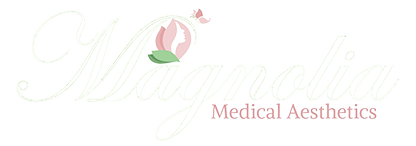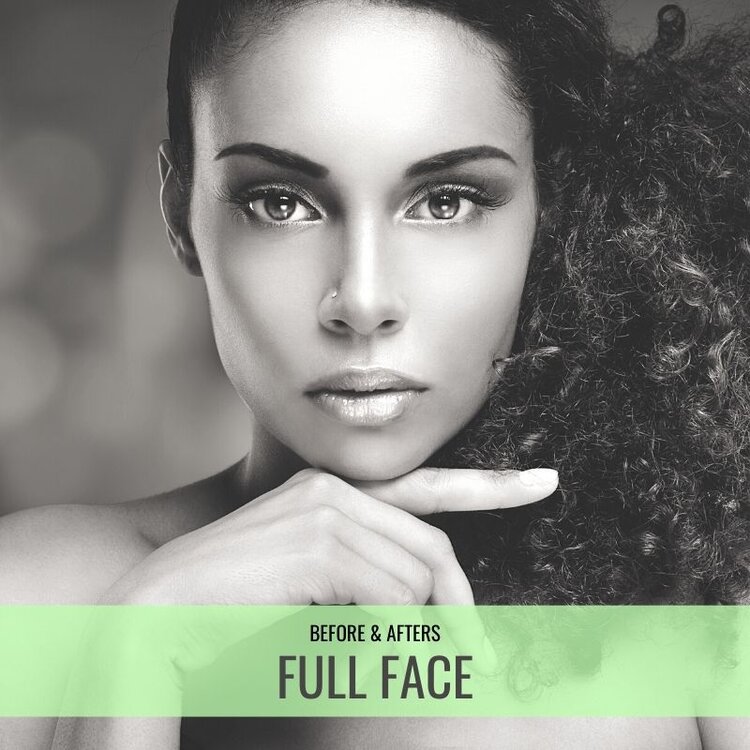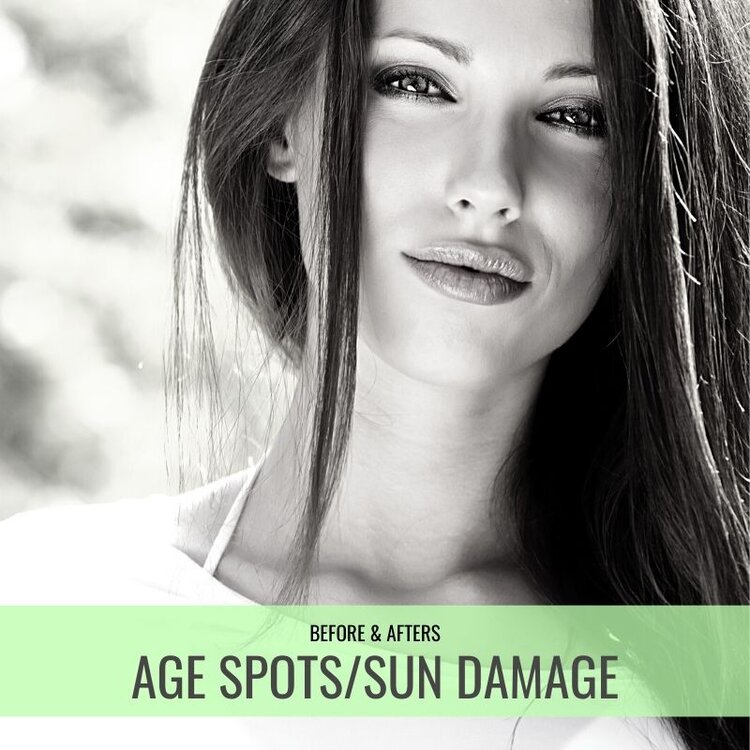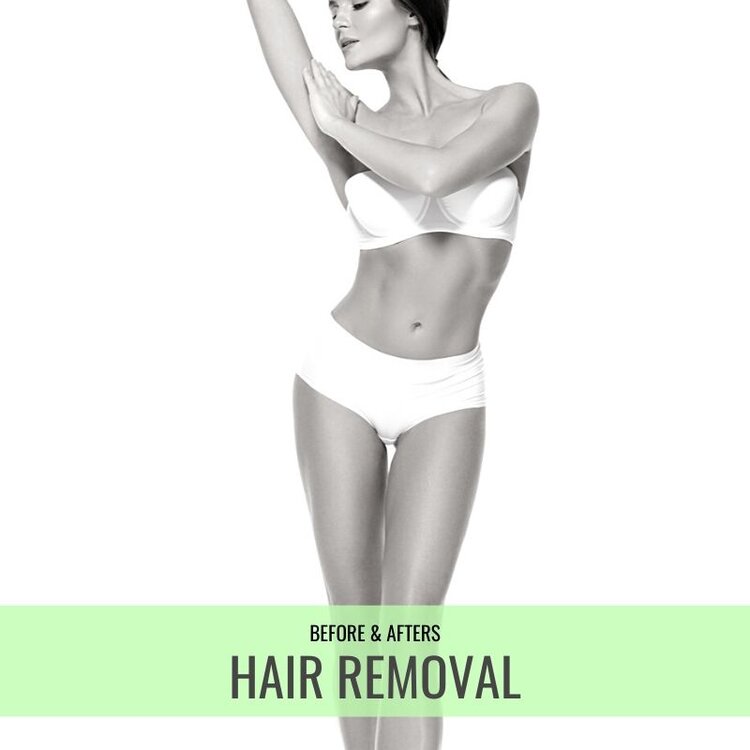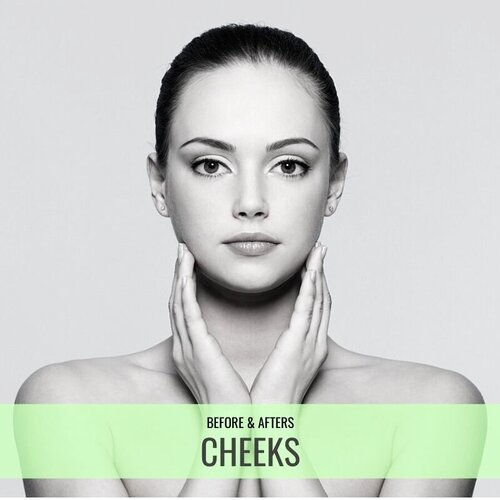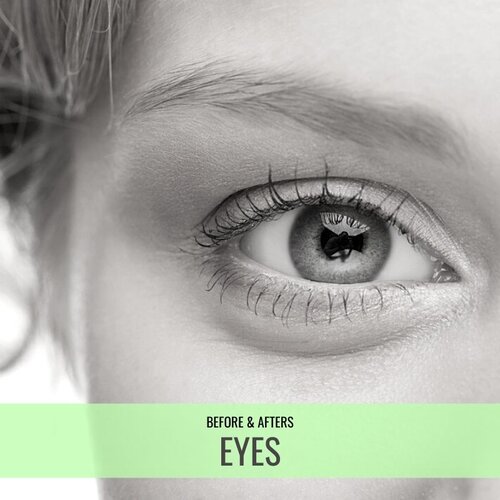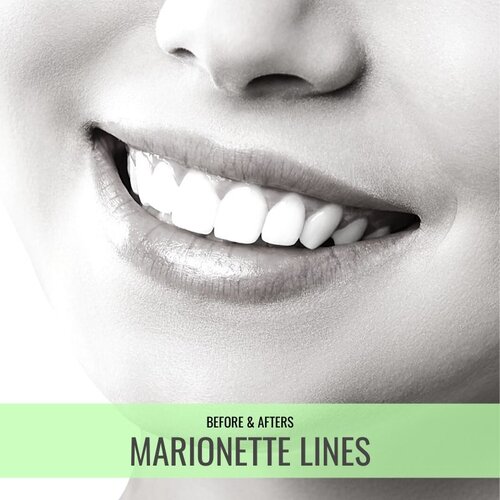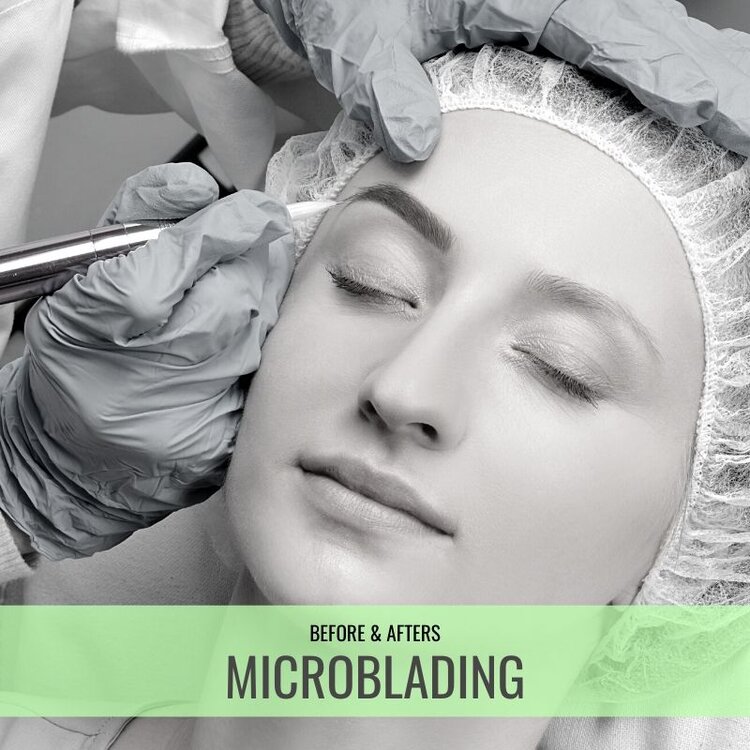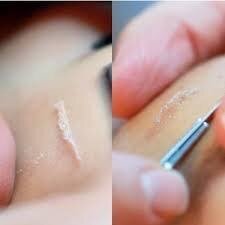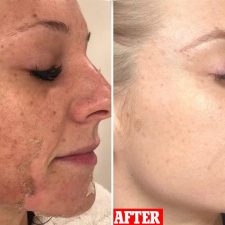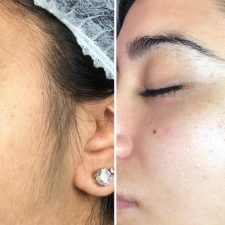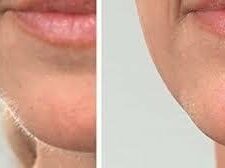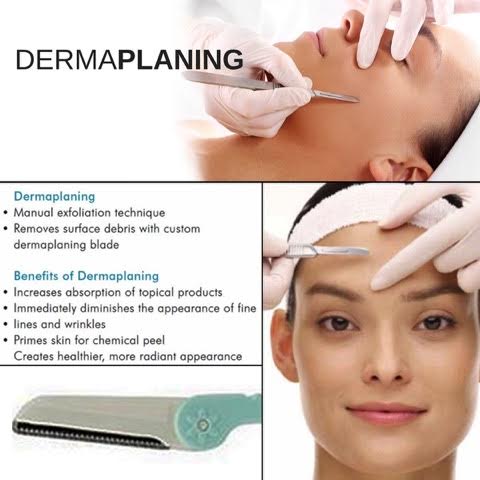
DERMAPLANING
A small scalpel is used on clean, dry skin on the forehead, cheeks, chin, nose and neck to remove dead skin cells and facial hair.
The immediate result is brighter, healthier looking skin and smoother makeup application. This technique also encourages cell turnover which leads to fewer wrinkles and dark spots, reduction of acne scarring, and the removal of fine facial hair.
What is Dermaplaning?
Already an established exfoliation technique used in Asia, dermaplaning is now one of the most requested treatments in New York skin clinics, too. Essentially, the treatment involves using a sterile, surgical-grade scalpel to carefully shave, or scrape, the top-most layer of skin and fine hairs from the face. The concept can sound terrifying, but for many it’s the secret to clear, even, smooth and hair-free skin. It’s an excellent rejuvenation treatment for the skin, and really delivers a youthful, bright complexion.”
Is Dermaplaning right for you?
It can be done on any skin type, say experts, except those with acne. And there’s zero truth to the idea that shaving makes hair grow back darker and coarser. You could do it at home (Shiseido’s pink facial shaving wands are hugely popular all over Asia), but you’d need a photographic-studio level of lighting to pick up the fine hairs, as well as a steady nerve – and hand – so this is one procedure best left to the experts.
What should you do post-treatment?
Eliminating dead skin cells, pollution buildup and downy hair doesn’t simply create a better base for makeup, it also allows skincare products to sink in more effectively. For the week or so after treatment, your skin will be particularly receptive to anything that you apply, so take advantage and slather on hydrating serums followed by moisturizer. As with any resurfacing treatment, skin will be more at risk from UV, so ensure it’s protected with a good SPF. If you want a deeper exfoliation, follow with a light, acid-based at-home peel. However, this can irritate, so only attempt one after you’ve had a couple of dermaplaning treatments and you understand how your skin reacts.
